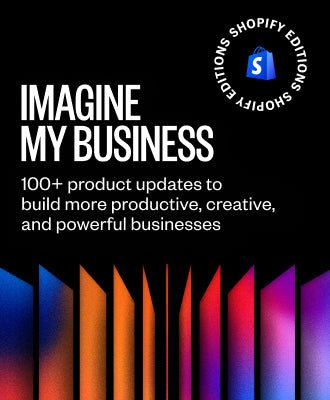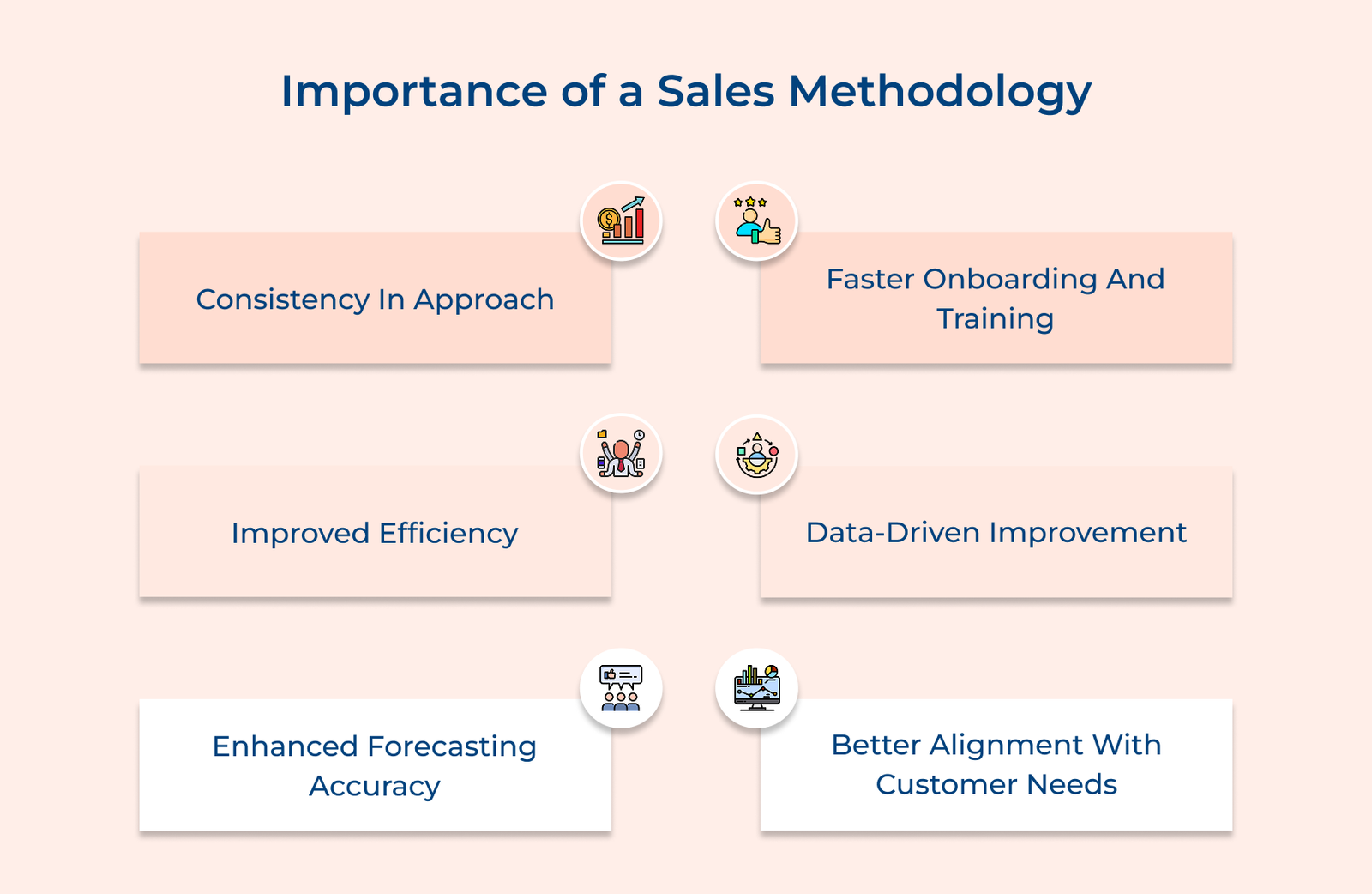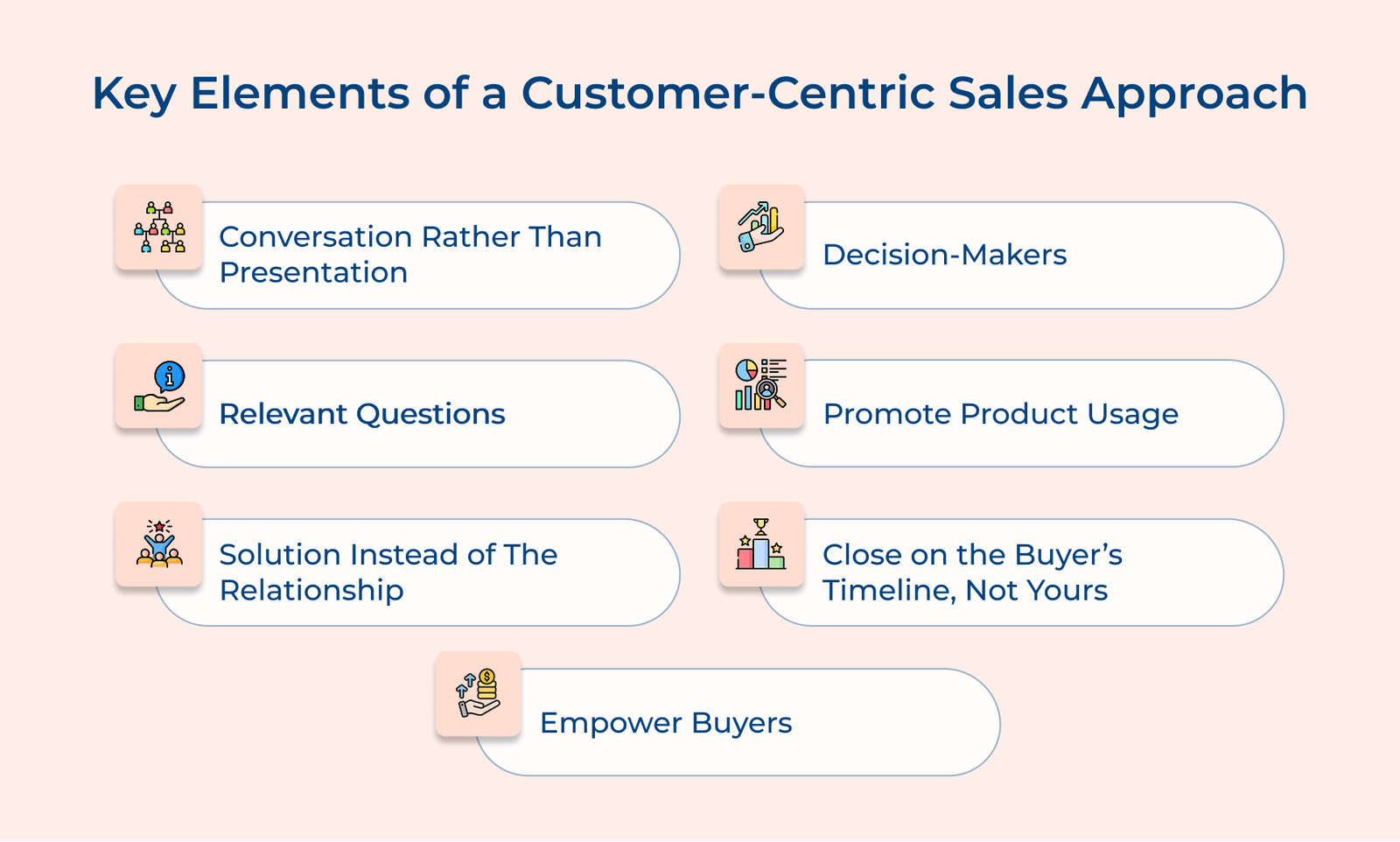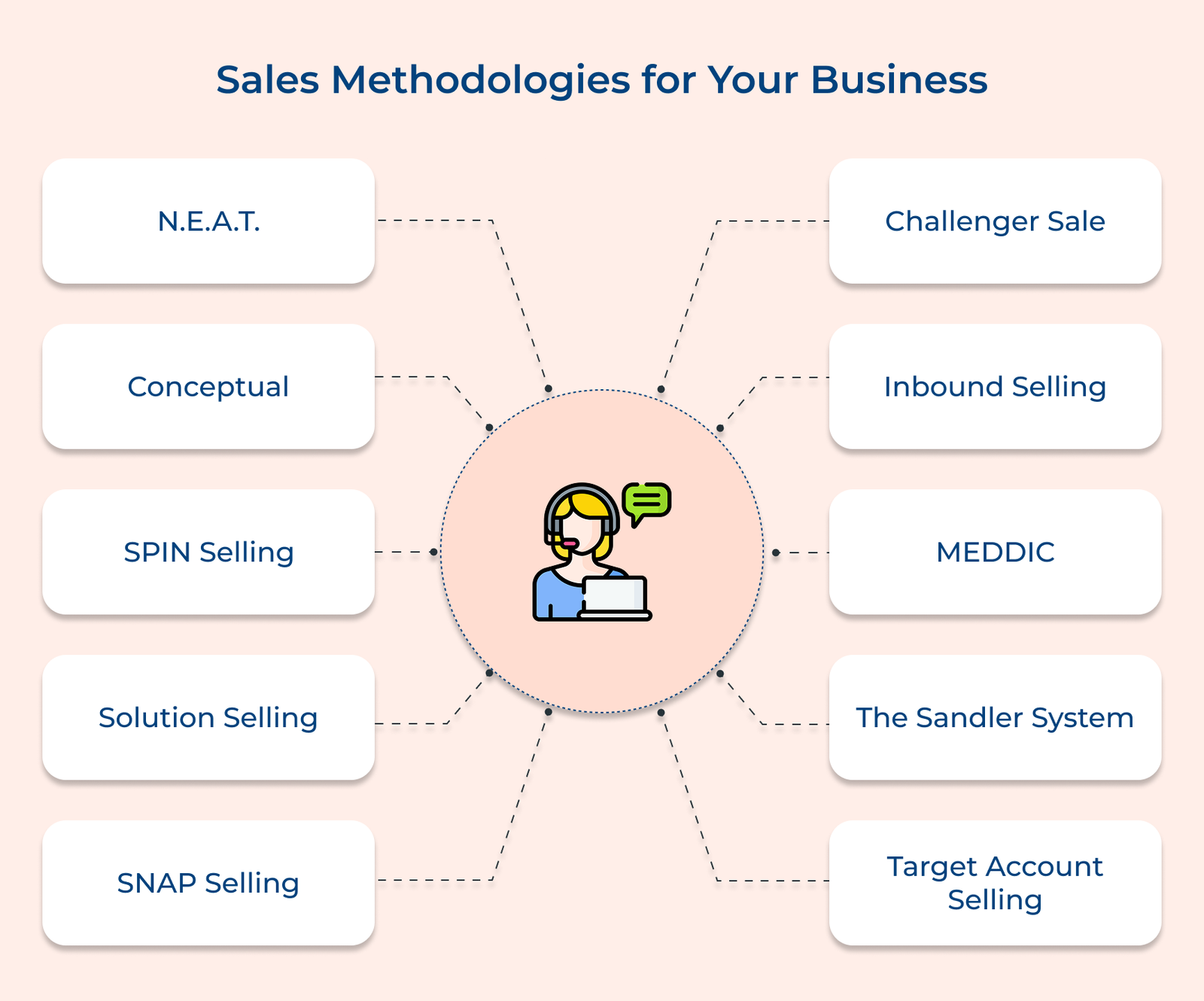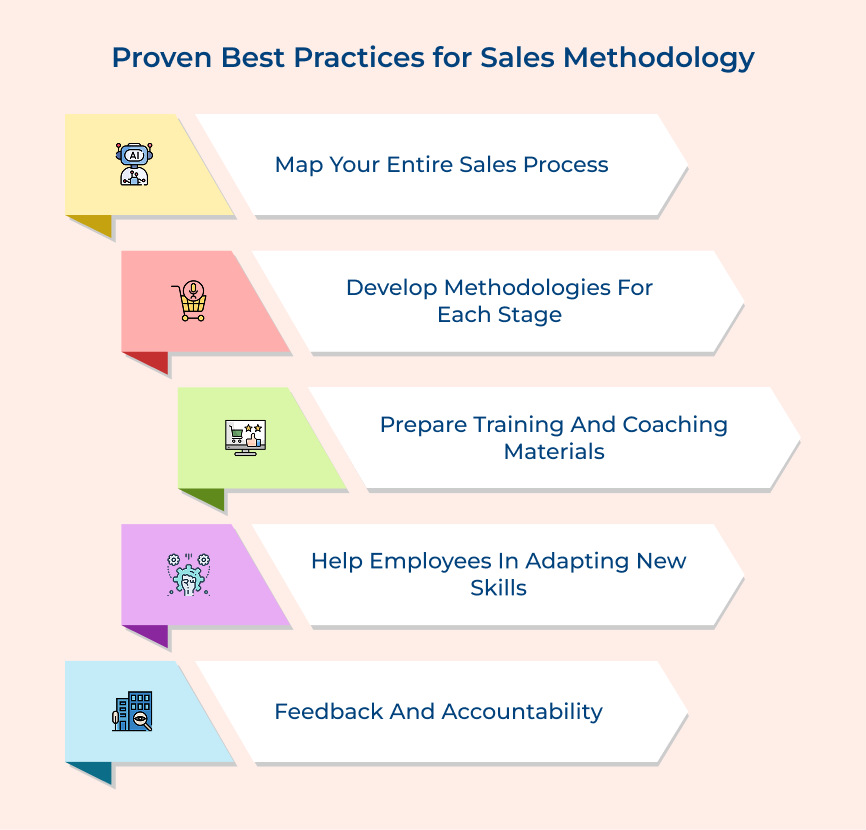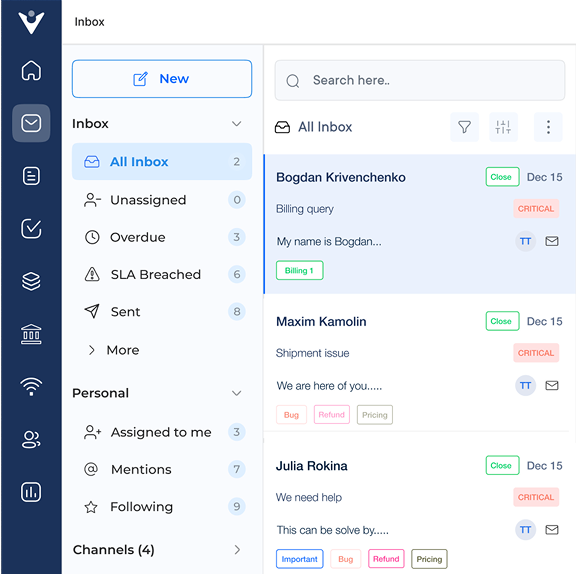1. N.E.A.T. Selling
N.E.A.T. Selling is a cutting-edge sales methodology created by The Harris Consulting Group and Sales Hacker. It centers on four key elements: Need, Economic Impact, Access to Authority and Timeline. The approach emphasizes deeply understanding customer needs, quantifying the solution’s economic benefits, identifying key decision-makers and establishing a clear implementation timeline.
Benefits include better lead qualification, more focused sales conversations and enhanced value demonstration. Challenges may arise when quantifying economic impact or accessing decision-makers.
How to implement:
- Craft a detailed needs assessment questionnaire to reveal both explicit and implicit customer needs.
- Develop case studies and ROI calculators that effectively showcase the economic benefits of your solution to prospects.
2. Conceptual Methodology
Conceptual Selling, created by Robert Miller and Stephen Heiman, shifts the focus from the product to the customer’s understanding of their problem or desired outcome. The methodology encompasses five key stages: Getting Information, Giving Information, Getting Commitment, Concept Confirmation and Action Plan.
Ideal for solution-based selling and long sales cycles, it enables salespeople to tailor their proposals to the customer’s unique needs. The strength of Conceptual Selling lies in its customer-centric approach, allowing for the identification and resolution of underlying issues. It may be less effective in transactional or straightforward sales situations due to its time-intensive nature.
How to implement:
- Empower your sales team to ask insightful questions that uncover the customer’s perspective on their challenges and goals.
- Create a structured process to align the concepts with your solution’s features and benefits.
3. SPIN Selling
SPIN Selling, developed by Neil Rackham, is a questioning-based methodology centered around four types of questions: Situation, Problem, Implication and need payoff. The approach helps uncover and develop prospects’ needs through a structured questioning process.
Ideal for high-value B2B sales, SPIN Selling enables salespeople to guide customers in recognizing their challenges and appreciating the value of the proposed solutions. Its strength lies in aligning customer needs with the salesperson’s offerings. Mastering the technique requires skill and practice to ask the right questions in the correct sequence.
How to implement:
- Create a tailored question bank for each stage of the SPIN framework, aligned with your industry and offerings.
- Incorporate role-playing exercises into your sales training to help team members practice and enhance their questioning skills.
4. Solution Selling
Solution Selling, developed by Michael Bosworth, shifts the focus from promoting products to solving customer problems. It follows essential steps: Prospecting, Diagnosing, Developing Vision, Quantifying Value and Closing. Salespeople can position themselves as trusted advisors, especially in complex sales with multiple stakeholders by understanding customer pain points and crafting tailored solutions.
The approach boosts customer satisfaction, increases close rates and enhances long-term relationships. It demands a deep understanding of both the customer’s industry and the salesperson’s product capabilities, which can be challenging to maintain.
How to implement:
- Craft detailed buyer personas and pain point maps to empower your sales team in pinpointing customer challenges.
- Build a library of case studies and success stories showcasing how your solutions have effectively resolved similar issues for other clients.
5. SNAP Selling
SNAP Selling, created by Jill Konrath, is tailored for the fast-paced B2B sales landscape. It centers on four key principles: Keep It Simple, Be iNvaluable, Always Align and Raise Priorities. The approach helps sales professionals cut through the noise and grab the attention of busy decision-makers, making it ideal for scenarios where prospects are inundated with information.
SNAP Selling excels at quickly engaging prospects and sustaining their interest, though it may fall short in situations that require deep relationship building or complex solution development.
Actionable tips:
- Craft compelling value propositions that convey your message in 30 seconds or less for maximum impact.
- Create a prioritization matrix to help your sales team identify and focus on the most promising opportunities.
6. Challenger Methodology
The Challenger Sale, developed by Matthew Dixon and Brent Adamson, posits that top salespeople are those who challenge customers’ thinking and push them out of their comfort zones. The methodology highlights five seller profiles, with the Challenger being most effective in complex sales scenarios. It’s particularly suited for informed buyers in competitive markets, where simply meeting their stated needs isn’t enough.
The key benefit of the Challenger Sale is its ability to set salespeople apart in crowded markets, delivering value that goes beyond the product. It requires strong business acumen and the confidence to challenge assumptions, skills that can be tough to master.
How to implement:
- Create “commercial teaching” pitches that challenge industry norms and offer fresh insights.
- Launch a training program to equip your sales team with the skills and confidence needed to effectively challenge customer thinking.
7. Inbound Selling Methodology
Inbound selling complements inbound marketing by focusing on attracting and engaging prospects through valuable content. It consists of four stages: Identify, Connect, Explore and Advise. The methodology is ideal for businesses with a strong digital presence and effective content marketing strategy, utilizing insights about prospects to enhance sales interactions.
The key advantage of Inbound Selling is its ability to seamlessly bridge marketing and sales, creating a more cohesive customer acquisition process. It demands substantial investment in content creation and marketing automation tools for optimal effectiveness.
How to implement:
- Create a lead scoring system that enables your sales team to prioritize outreach based on how prospects engage with your content.
- Develop a content map that aligns various content types with each stage of the buyer’s journey, effectively guiding prospects toward their purchase decision.
8. MEDDIC
MEDDIC, which stands for Metrics, Economic Buyer, Decision Criteria, Decision Process, Identify Pain and Champion, is a powerful qualification methodology tailored for enterprise-level sales. It offers a structured approach to uncovering essential information about a prospect’s buying process and decision-making criteria. Particularly effective in B2B environments with multiple stakeholders and lengthy sales cycles, MEDDIC enables salespeople to gain a deep understanding of each opportunity.
The major strength of MEDDIC is its ability to enhance forecast accuracy and boost win rates on high-value deals. It demands discipline and diligence in gathering information, which can be time-consuming in certain sales contexts.
Pro tips:
- Create a MEDDIC checklist or scorecard to help your sales team systematically collect essential information for every opportunity.
- Schedule regular review sessions where sales reps present their MEDDIC analyses to managers and peers for valuable feedback.
9. The Sandler System
The Sandler Selling System, created by David Sandler, is a relationship-driven approach that prioritizes honesty, clear communication and mutual commitment between salespeople and prospects. It follows a seven-step process: Building Rapport, Up-Front Contracts, Pain Discovery, Budget, Decision, Fulfillment and Post-Sell.
The Sandler System minimizes time wasted on unqualified leads and aligns expectations with customers by qualifying prospects early. It requires a mindset shift for many sales professionals and may not fit every product or sales cycle.
How to implement:
- Create a list of qualifying questions and criteria to help your sales team swiftly identify ideal prospects.
- Incorporate role-playing exercises that emphasize maintaining equal business stature and establishing clear expectations with prospects.
10. Target Account Selling
Target Account Selling (TAS) is a strategic methodology designed for pursuing high-value accounts with long-term potential. Key elements include account selection, stakeholder mapping and crafting tailored value propositions to meet each account’s unique needs. The approach is ideal for B2B companies focusing on large, strategic accounts, allowing for deep research.
The advantages of TAS include larger deal sizes, enhanced customer retention and greater cross-selling opportunities. It demands significant time and resources, which may not be practical for all businesses or sales models.
How to implement:
- Create a robust account selection matrix that evaluates the potential deal size, strategic alignment and success probability.
- Develop tailored account plans for each target, detailing key stakeholders, their business challenges and customized value propositions.
Examples of Sales Methodology
Here are the real-life examples of well-known brands implementing sales methodologies and the impact on their businesses:
1. Amazon – Solution Selling
Amazon has successfully leveraged Solution Selling within its B2B division, Amazon Web Services (AWS), by prioritizing the resolution of specific customer challenges over merely promoting cloud services. The customer-centric strategy has positioned AWS as a leader in the cloud computing market, driving significant growth and market share.
AWS achieved an impressive $80.1 billion in revenue in 2022, accounting for 16% of Amazon’s total net sales. AWS has cultivated long-lasting relationships with a diverse range of businesses from startups to large enterprises by focusing on tailored solutions, solidifying its reputation as a trusted partner in cloud services.
2. Apple – Challenger Sale
Apple has adopted elements of the Challenger Sale methodology, especially in its retail environments. Sales associates are trained to challenge customers’ assumptions about technology, guiding them toward innovative ways to use their devices.
Apple has been able to maintain premium pricing for its products as a result of the approach. The company reported net sales of $394.3 billion, with an impressive gross margin of 43.3% in fiscal year 2022, underscoring the effectiveness of its sales strategy in driving both volume and value.
3. Netflix – Inbound Selling
Netflix has effectively utilized Inbound Selling techniques, particularly through its sophisticated content recommendation system and personalized marketing. Netflix crafts tailored experiences that not only attract new subscribers but also keep them engaged by harnessing user data and viewing habits.
The approach has fueled Netflix’s impressive growth, with over 230 million paid memberships globally as of Q4 2022. The company reported a revenue of $29.7 billion for 2022, marking a 6.5% increase year-over-year. The success highlights the power of their personalized, inbound strategy in customer acquisition and retention.
4. Zappos – Customer-Centric Selling
Zappos, the online shoe and clothing retailer, has adopted a sales methodology centered on exceptional customer service, reflecting the principles of customer-centric selling. Their strategy prioritizes building meaningful relationships over quick sales, creating a personalized shopping experience that resonates with customers.
The focus has enhanced remarkable customer loyalty and powerful word-of-mouth marketing. Before being acquired by Amazon, Zappos surpassed $1 billion in annual sales. Although specific figures are no longer disclosed post-acquisition, Zappos remains a standout for its commitment to customer service, driving sustained growth and profitability within the Amazon ecosystem.
5. Airbnb – SPIN Selling
Airbnb has successfully integrated SPIN Selling into its host acquisition strategy, using probing questions to uncover potential hosts’ situations, challenges and needs. The tailored approach allows Airbnb’s sales team to address concerns effectively and showcase the benefits of becoming a host.
Airbnb has rapidly expanded its inventory, boasting over 6.6 million active listings worldwide by Q4 2022. The company generated $8.4 billion in revenue for 2022, reflecting a remarkable 40% year-over-year increase. The SPIN Selling strategy has proven especially effective in facilitating Airbnb’s growth into new markets and diverse property types.
Best Practices for Implementing a Sales Methodology
Let’s explore the essential best practices that can help you unlock the full potential of your sales methodology.




